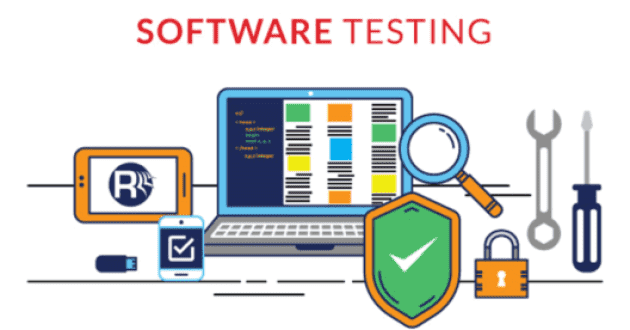How Can Qa Save High Speed Applications From Crashing?
Mobile applications have come of age and help meet various requirements, both at the individual and enterprise levels.
The aspect of digital transformation that has profoundly impacted the lives of customers is arguably the ubiquitous mobile application. It has given convenience, user friendliness, availability, and promptness a whole new meaning. Think about the various apps people carry on their mobiles phones pertaining to utility payments, social media, travel, banking, entertainment and eCommerce among others, and the way they have engendered a digital revolution. However, along with the positives, the negatives too can register their presence bringing frowns and despair among the users. These happen when the applications undergo latency or worse, crashes.
Such events can have a deleterious effect on customer satisfaction prompting the user(s) to opt for the rival ones. If statistics are to be believed, then around 61% of users want their applications to start within four seconds and 49% want their apps to respond to their inputs within two seconds (Source: Dimensional Research.) If such statistics do not ring the alarm bells then around 53% of users are likely to uninstall their applications should they face issues like latency, downtime, freezes or crashes.
Today, high speed applications have become the norm with people using them to access sundry products or services. With the increased usage of such apps comes the probability of crashes due to a plethora of reasons given as under -
- Device and browser incompatibility
- Network constraints
- Inadequate memory or/and CPU usage
- Poor integration of modules and APIs
- Poor QA
Should application crashes form a pattern, then businesses must conduct stringent quality assurance and testing exercise and record the outcomes as listed under.
- Identify the crash type and categorize the same under specific groups
- Rule out user driven issues and figure out the instrument and network variables
- Analyze the bugs
Once a high-speed application crashes, it can be a difficult and complex procedure to resolve it. Thus, it is advisable to apply rigorous software quality assurance during the SDLC and ensure the applications function seamlessly. Let us find out how QAcan save high speed applications from crashing.
The role of quality assurance in preventing the crash of applications
- Memory management: Each high-speed application needs a sizeable slice of memory to function seamlessly. However, since not every user runs the application on high-end devices, the same can malfunction owing to differences in memory configuration. This is a recipe for the application to crash unless proper memory management is undertaken during the development and testing phase. For starters, the application should not use too much of the main memory but an extensive use of cache. Manage the network requests so that they don’t overload the memory. Also, prioritize the features to be run or discarded when the load on memory is high. The software quality assurance testing should validate the APIs ensuring each node or module functions to its optimum.
- Device compatibility: Another reason why high-speed applications suffer crashes is their lack of compatibility across device platforms. Each device build or type has its unique configuration related to memory, processor, display and storage. These are in addition to the various software configurations that help the applications to run – operating systems and their versions. The quality assurance and testingprocedure should test the app on as many devices (and software platforms) as possible before launching the same in the market.
- Software lifecycle: The traditional modus operandi of a mobile app development and release cycle involves launching an application with minimum features and functionalities. The application is improved over time with frequent version updates. However, the frequent version updates can run into rough weather due to the app’s dependence on third party APIs and operating systems. Even though the APIs bring in value addition in the form of time savings and quick deployment, they may have performance limitations for a given app. Moreover, the third-party APIs may use tricky methodologies, which are difficult for the developer to fathom at the development stage. The APIs, on their part, can bring issues like latencies, memory error, data bandwidth, version, or the number of API requests. So, the software quality assurance should be comprehensive and incisive enough for the above-mentioned issues to be addressed.
Conclusion
The popularity of mobile applications has forced enterprises to develop and deploy them in greater numbers, often at the cost of quality. And when such applications crash, the customer experience too goes for a toss. A robust QAprocess can go a long way in identifying and mitigating the glitches or issues bedevilling the smooth functioning of such apps.
Diya works for Cigniti Technologies, Global Leaders in Independent Quality Engineering & Software Testing Services to be appraised at CMMI-SVC v1.3, Maturity Level 5, and is also ISO 9001:2015 & ISO 27001:2013 certified.


